Urban gardening has become increasingly popular in recent years as more people look to reduce their carbon footprint and eat fresh, healthy foods. There are several possibilities for successful organic urban gardening. A lot, concretely, depends on the spaces you have available, which can be those of a shared garden, a rented vegetable garden (municipal or private), the simple balcony of the house. Once the place has been established, this must be prepared in the most efficient way possible, to make the most of the inevitably smaller spaces compared to a classic country garden. The most suitable cultivation techniques must then be applied, with a single common denominator, namely organic cultivation without the use of chemical fertilizers and pesticides.
In this article, therefore, we see all the tips for successful urban gardening to self-produce food in the city.
Can there be restrictions on urban gardening in the city?
The first thing to take into account is that in the city there may be restrictions on urban gardening. For example, some municipalities may have specific regulations regarding cultivation in public or private spaces, while others may require a permit or license for the creation of vertical gardens or urban gardens. Also, some buildings may have restrictions on installing pot supports or modifying the walls or structure of the building.
It is important to find out about local laws regarding urban gardening and obtain any necessary permits before starting to create a vertical garden or urban vegetable garden in the city. This way, you avoid legal or safety issues and ensure you are growing safely and sustainably. Also, it’s always a good idea to consult your neighbors and the condo council, if applicable, to avoid any conflicts or cohabitation issues.
How to take advantage of vertical spaces and start doing urban gardening?
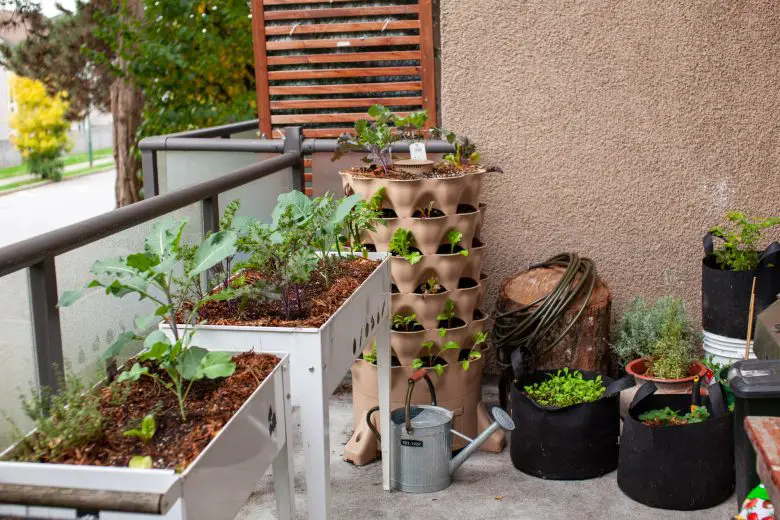
In town often there is not much space availableso the best way to do urban gardening is to use vertical spaces for growing.
Here are some tips to make the most of vertical spaces:
- hang the vases on the walls: use shelves or supports to hang the vases on the walls. You can choose vases of different shapes and sizes, according to your needs and aesthetic preferences;
- use wooden boxes: wooden boxes are an excellent solution for creating a vertical garden. Place the boxes on top of each other and fill them with soil and plants. You can use several cassettes to create a three-dimensional effect;
- use PVC pipes: the classic recycled PVC pipes can be used to create vertical vases. Cut the pipes to the desired length, fill them with soil and plants and fix them to the wall with supports;
- use stairs: stairs can be used to create a vertical garden. Place the pots on the steps of the ladder to create a cascading effect.
- take advantage of windows: windows and windowsills can be used for grow climbing plants such as beans or what they grow upwards like tomatoes. Use supports to grow them along the window wall;
- make the most of the balconies: i they are often the ideal place to create a vertical garden. Use supports to hang the vases on the walls or use wooden crates to create a vertical garden on the balcony floor;
- Use Garden Ladders: Garden ladders are specifically designed for growing in vertical spaces. Place the pots on the steps of the ladder and adjust the angle of the ladder to allow the plants to receive the right amount of sunlight;
- use prefabricated vertical gardens: there are vertical gardens that are ready to be used. They are available in different materials and sizes and can be easily fixed to the walls. You can find examples here.
Remember that to take advantage of vertical spaces it is important to choose plants suitable for growing in pots and to use a high quality substrate. Also, always keep tabs on watering and make sure the plants are getting the right amount of sunlight. With a little creativity and attention, you can create a beautiful vertical garden in the city!
What are the organic techniques for making a vegetable garden in the city?
Urban gardening right requires using organic agronomic techniques that maximize crop yields with minimal effort for the urban farmer.
The first tip is to use i organic waste to make home compost and therefore having the fertilizer for the garden available at no cost, an element necessary to supply nutrients to the crops. If you have limited space, you can use a special composter to turn your organic waste into compost. This type of practice is often encouraged by the municipalities, which cut the cost of taxes on municipal waste thanks to the savings of not being sent to landfills. So in addition to the agronomic advantage, there is an economic one.
Another fundamental technique for good urban gardening is that of natural mulch. Mulch is a layer of organic material that is placed on the surface of the soil around plants to retain moisture and prevent weed growth. You can use dry leaves, straw, wood scraps or bark.
Even in urban areas, crops can be attacked by parasites. To defend plants it is essential to use biological and non-pesticide remedies, otherwise there would be no point in having a vegetable garden in the city. The possibilities that the urban farmer has are different, primarily those of the natural macerates, effective pesticide preparations that are made at home with little effort. You can then use other household products such as Marseille soap for the aphids and the sodium bicarbonate to prevent fungal diseases.
Remember that urban gardening can be fun and rewarding, but it also requires some work and attention. With these tips, you can start growing your own organic garden in the city and enjoy the benefits of fresh, healthy and nutritious plants.
What are the most suitable plants for urban gardening?
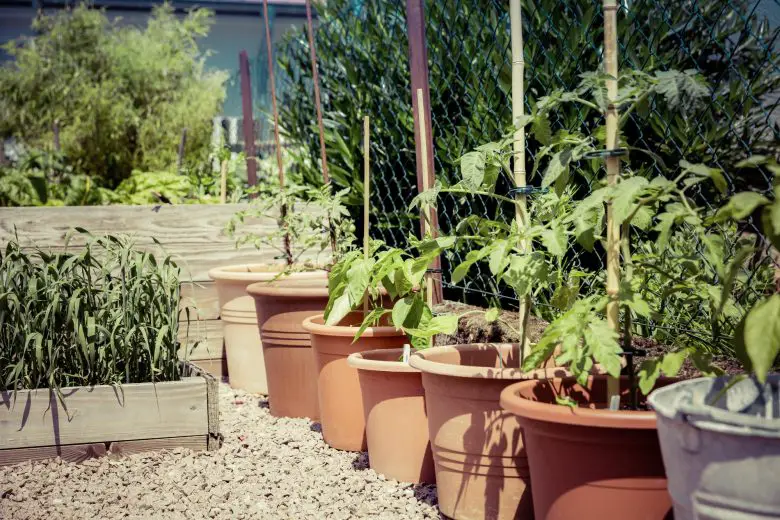
For successful urban gardening, some plants are better than others. In our opinion, the absolute best are the herbs, such as: basil, parsley, celery, sage, rosemary, thyme, mint, etc. These plants are easy to grow and can be used to flavor your dishes, so they are used almost daily in the kitchen. Furthermore, many herbs also have medicinal properties, so they are a great ally for your health.
Among the vegetables, on the other hand, rustic varieties should be sought, small in size and at the same time productive. The classic example is that of tomatoes, for growing in pots it is better to use varieties of cherry tomatoes such as datterino or cherry tomatoes, productive and rustic plants and less demanding than the classic salad tomato. If you want grow peppers choose the croissant-shaped ones, rather than the square ones, which are much more delicate for growing in urban areas. Other interesting examples are those of zuchinis and gods cucumbers, which due to their climbing nature can be adapted to vertical spaces. Beans and green beans are also suitable for vertical cultivation, but suffer from the space limit to have abundant harvests, i.e. a few plants are not enough to have a satisfactory harvest.
As far as leafy vegetables are concerned, there are practically no limits, given that plants by their nature are small and moreover with very short crop cycles. So in your urban garden, space for: salads, chard, rocket, spinach, escarole, lettuce, etc.
Finally, bulb plants are inevitable, i.e. garlic, onion and leeks, rustic plants that require very little space for a good harvest.
Which plants attract beneficial insects to the urban garden?
The action of pollinating insects, such as bees and butterflies. As is obvious in urban areas these important beneficial insects they are rarer, therefore it is important that in our urban garden there are plants that attract them.
So here are some examples of plants with this strategic natural function and at the same time easy to grow and edible: borage, calendula, chamomile, lavender, mallow.
These are just some of the flowering plants that can be successfully grown in urban gardens and attract beneficial insects. Remember that to ensure the health and vitality of the plants and insects that visit them, it is important to use natural and non-toxic products, avoiding the use of chemical pesticides and fertilisers.
Which fruit trees are most suitable for organic cultivation in pots in an urban garden?
Not only vegetables, greens and flowers, there are also fruit trees suitable for organic cultivation in pots in an urban garden. They are those that do not grow too much in height and width, need few specific requirements and produce abundant fruit even in small spaces such as those of pot cultivation.
Here are some examples:
- lemon: it is easy to cultivate in pot, it needs a lot of sunlight and a temperature of about 15-20 °C. Produces fruit throughout the year;
- kumquats: it is a cold-resistant, adaptable and productive plant that requires only good sun exposure and well-drained soil. It produces small sour and juicy fruits for a long time;
- Japanese loquat: it is a rustic tree that is well suited to growing in pots as it requires little care. Produces sweet, vitamin-rich fruit in spring;
- FIG: it is easy to grow in pots, but requires a lot of sunlight and heat. Produces sweet, antioxidant-rich fruit in summer;
- pomegranate: it can be grown in pot, as long as good exposure to the light is guaranteed. It produces many antioxidant-rich fruits in the fall.
Remember that, for the cultivation of fruit trees in pots, it is important to choose the right type of soil, which must always be well drained and rich in organic matter, and take care to water it regularly. Also be sure to opt for plant varieties that suit your urban garden climate conditions.
What are the costs to set up an urban garden of about 50 m2 on a terrace?
The costs for setting up an urban garden of about 50 square meters on a terrace can vary considerably depending on the materials and plants chosen, their quantity and origin, as well as any installation and maintenance costs. However, it is possible to make a general estimate of the basic costs that you could face to create a garden of around 50m2:
- Materials: The materials needed to set up an urban garden include pots, plant supports, soil, mulch, gardening tools, organic fertilizers, and water. A rough estimate of material costs could be around €1000-1500, but it depends on the quality and quantity of materials chosen;
- plants: the costs of plants vary according to their origin, their size and their variety. It is best to buy plants at a local nursery, but you can also buy them online. A rough estimate for the plants could be around €200-300;
- Installation: If you’re not familiar with landscaping an urban garden, you may want to hire a professional to install it. These costs may vary depending on the work required, but could be around €500-1000;
- Maintenance: Maintaining your urban garden takes time and effort, so you may want to hire a gardener for regular maintenance. Maintenance costs may vary depending on the work required, but could be around €100-200 per month.
In total, the costs to set up an urban garden of around 50 m2 on a terrace could be around €1800-3000, depending on your choices and specific needs. However, it is important to consider that the costs can be amortized over time thanks to the environmental, aesthetic and health benefits that an urban garden can offer.

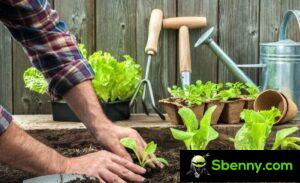


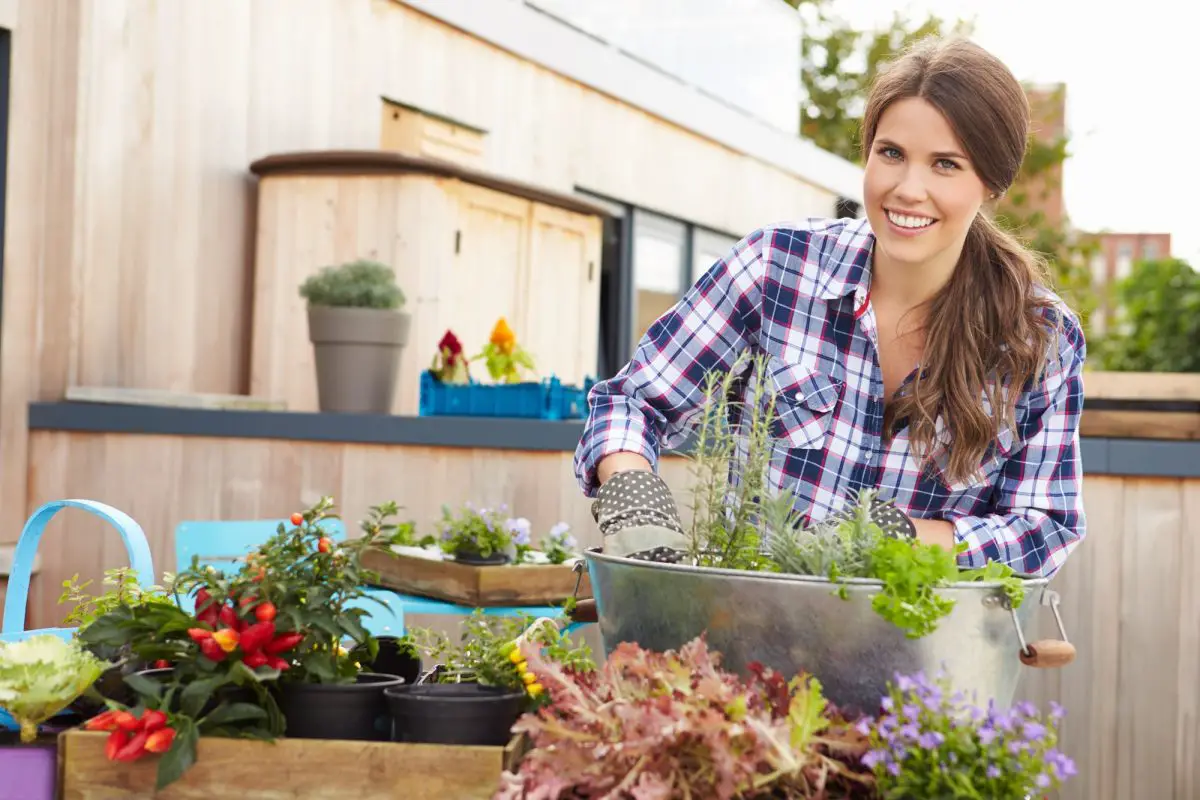
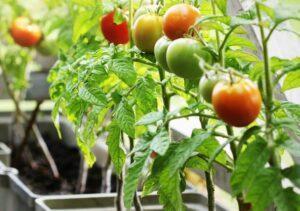
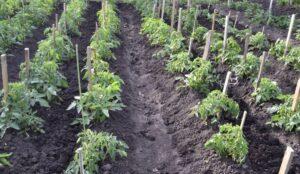
Start a new Thread